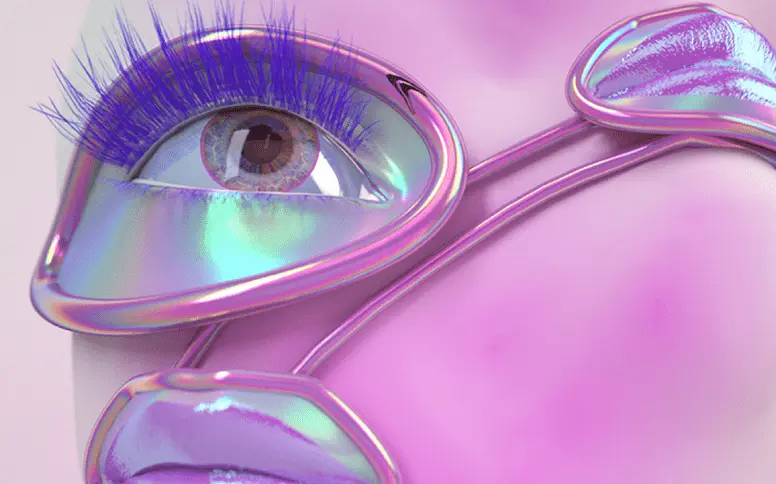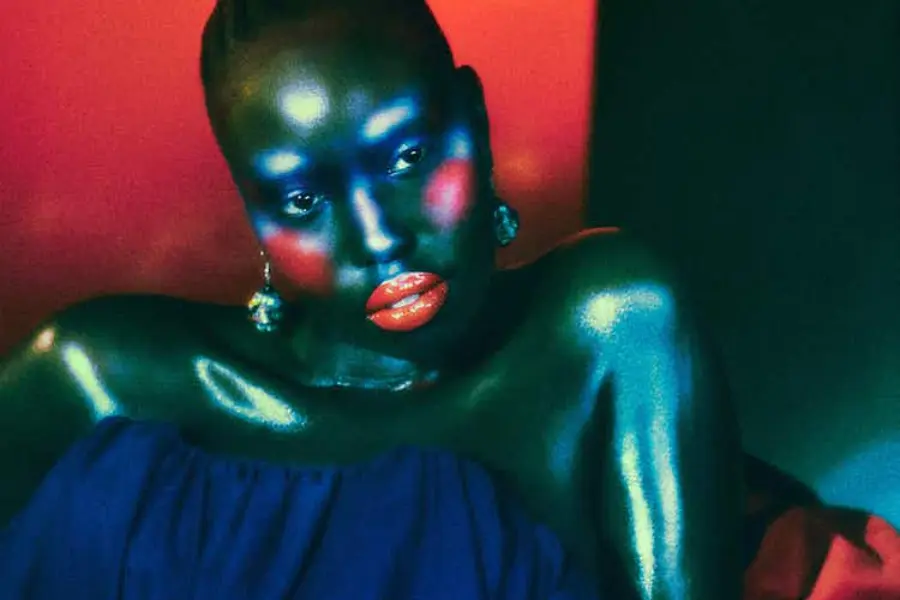Which digital innovations are having the greatest influence on beauty? We’ve rounded up the top 5 to keep an eye out for:
Personalisation and AI – it’s said that 50% of us struggle to find the right shade of foundation for our skin, an issue which could be solved with a digital scanner. Lancome have come up with a custom-made foundation machine called Le Teint Particulier, which involves the use of a handheld colorimeter – a type of digital scanner – to find an exact shade match for your skin. The results are run through a computer which uses a proprietary algorithm to choose from 20,000 different shades, and the findings are sent to a machine that mixes the base for you in much the same way as a hardware store mixes paint.
Virtual try-on apps – while more and more of us shop for beauty online, brands are increasingly using augmented reality (AI) – with image recognition and face tracking tech – to enhance the experience. Sephora’s Virtual Artist is one such technology: it lets customers try on thousands of shades of lipstick and eyeshadow via their smartphones or instore kiosks. It works by measuring where your lips and eyes are in real time, then tracking those facial feature points so it knows where to put the cosmetics.
Smart skincare tools – could a computer really tell you about the health of your skin? The HiMirror apparently can. This ‘smart mirror’, made in Taiwan, takes a photo of your face every time you log in and scans it for wrinkles, red spots, open pores, fine lines and brightness levels. It then sends you personalised tips and production recommendations. Olay have a similar smartphone app called Skin Advisor, which enables users to visualise what their skin and face will look like in the future using AR.
Printed makeup – this is where cosmetics go truly futuristic and robotic, with tech like the Opte wand, developed by Proctor and Gamble, and Elever, a printer concept which allows makeup looks seen online to be downloaded and printed directly on to the face.
The Opte wand, thought to be available next year, scans the skin and precisely applies tiny amounts of makeup to hide age spots, burst blood vessels and other blemishes. It’s tiny built in camera takes 200 frames per second while a microprocessor analyses this data to differentiate between light and dark areas. A micro printer then applies the foundation to your skin.
The Elever, meanwhile, combines 3D-printing, facial recognition technology and AI-powered image analysis to allow brands and influencers to sell makeup looks direct to consumers.
3D or ‘e-makeup’ – this concept is so futuristic it doesn’t actually involve wearing makeup at all. Inspired by the trend for AR filters on Snapchat and Instagram, ‘e-makeup’ artists enable you to download outlandish makeup looks to enhance your digital self. One makeup artist at the forefront of this trend is Parisian Ines Alpha, whose creations have embellished pictures of musicians and models on Instagram. Ines has also made a series of filters for anyone can download for Snapchat. The goal is make photos more shareable online, and plays into the idea of everyone having a digital twin online who they can experiment with.





